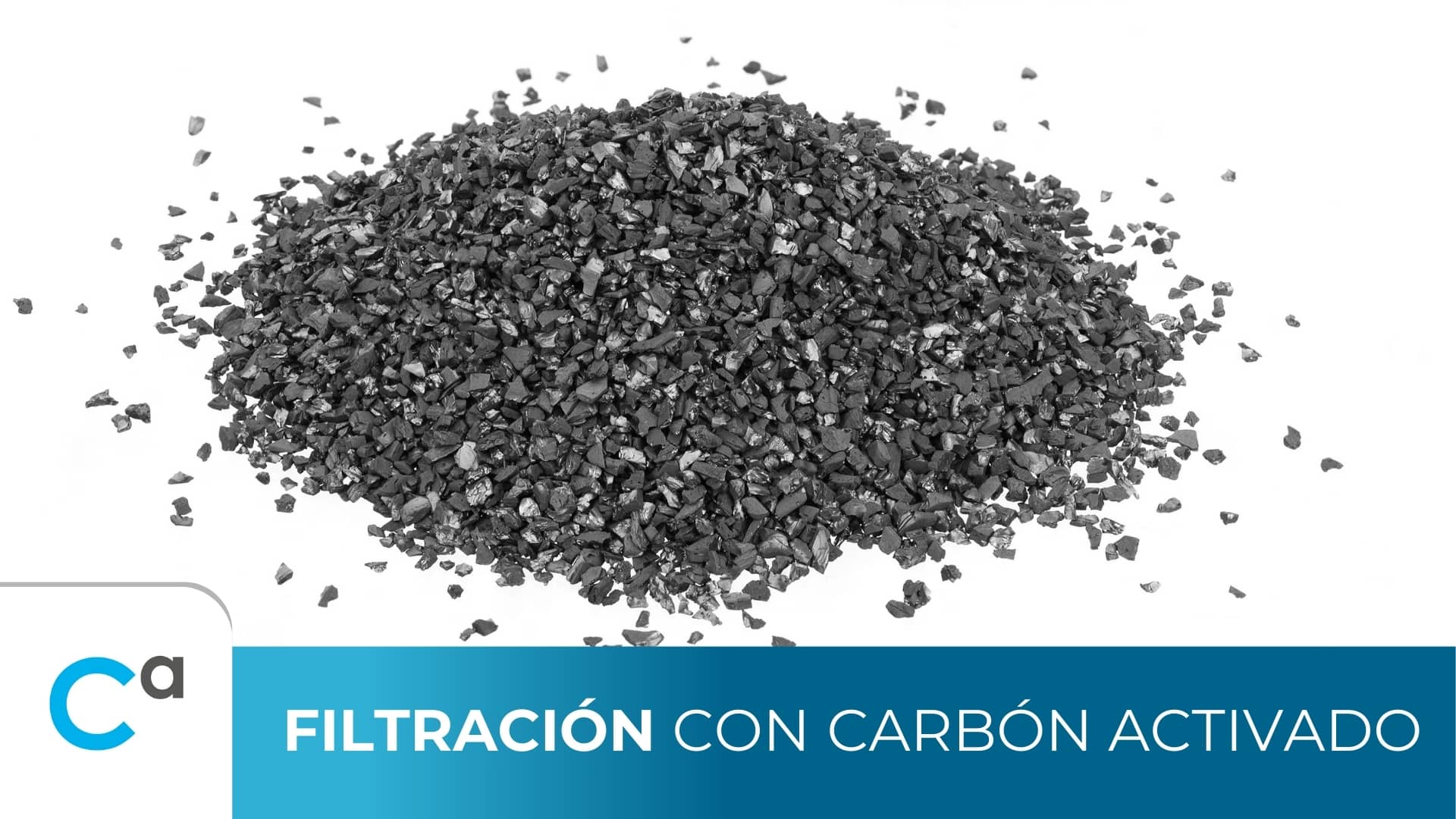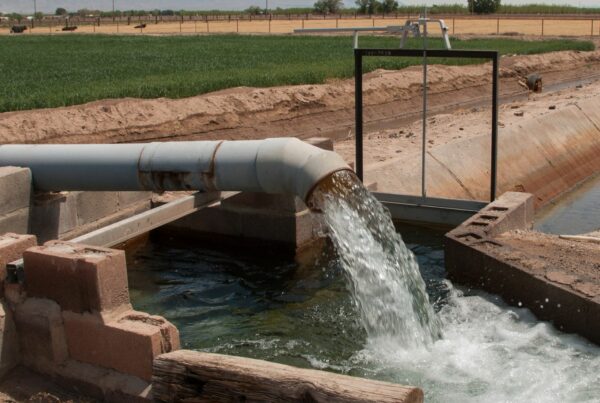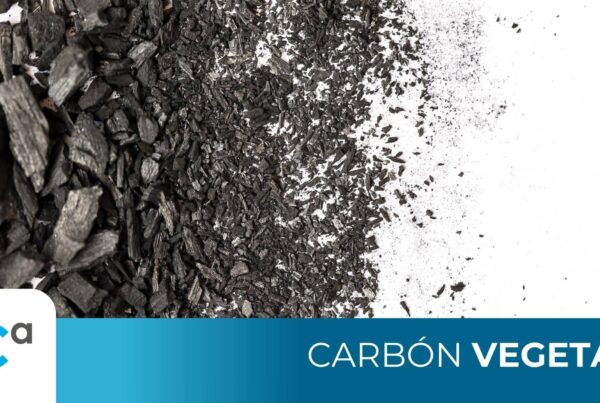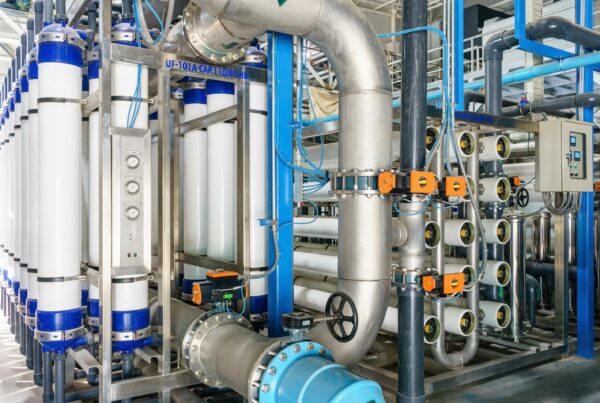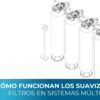We know that it is very common to hear the word “activated carbon filter”. We would like to start by mentioning that the proper use of terms in applied sciences such as engineering and chemistry is crucial for accurate and effective communication. In the context of liquid and gas treatment, “activated carbon filtration” is often mentioned, but it would be more correct to refer to this process as “activated carbon purification“. Since the term filtration is a physical phenomenon, while purification, such as activated carbon, can be a physical-chemical phenomenon. In this article, we will explore why the term “purification” is more appropriate than “filtration” when it comes to describing the use of activated carbon.
Filtration
Purification
The role of activated carbon
Activated carbon is a porous carbon material that is widely used to purify liquids and gases due to its ability to adsorb contaminants at the molecular level. Unlike typical filtration that relies on particle size, activated carbon works by adsorption, a process in which contaminants adhere to the surface of the activated carbon.
Why is “Activated Carbon Purification” more appropriate?
Breadth of contaminants removed.
Activated carbon not only retains physical particles between the carbon grains (not its main purpose); it removes chemical contaminants such as chlorine by a reaction, volatile organic compounds and pesticides, through chemical adsorption processes.
Versatility of the process.
Activated carbon purification is effective in both liquid and gas phases, demonstrating its versatility and ability to improve the quality of different media, beyond the simple removal of solid particles.
Effectiveness beyond particle size.
The term "filtration" could erroneously imply that the process is limited to separation based on particle size, whereas the use of "purification" clarifies that the improvement of the quality of the treated medium includes the removal of a wider range of impurities.
Now, how does water purification with activated carbon work?
Water purification with activated carbon is a widely used technique to improve water quality by removing contaminants and improving taste and odor. This method is based on the unique properties of activated carbon, a porous material that can naturally adsorb a wide range of compounds.
Activated carbon is a carbonaceous material treated to increase its porosity and specific surface area. This is achieved through activation processes that can be by a thermal method (in a furnace with a controlled atmosphere) or a chemical method with phosphoric acid or similar. The result is an extremely porous material with a large surface area, which makes it ideal for capturing more contaminants than is naturally trapped by unactivated carbon.
Water purification process with activated carbon
1.
Adsorption of contaminants
The main mechanism by which activated carbon purifies water is adsorption. Contaminants in water, pesticides, organic solvents and other volatile organic compounds adhere to the surface of the carbon. This process is favored by the large surface area of the coal, which provides ample sites for contaminant capture.
2.
Types of activated carbon
There are two main forms of activated carbon used in water purification:
- Granular Activated Carbon (GAC): Composed of relatively large particles in the form of grains, it is effective in removing organic contaminants and improving the taste and odor of water and other liquids.
- Powdered Activated Carbon (PAC): With finer particles, it is used to treat water with high levels of color and is usually more effective in capturing specific pollutants.
3.
Contact phase
The water must be in contact with the activated carbon for a sufficient time to allow effective adsorption of contaminants. This is achieved by passing water or other liquid through activated carbon columns or beds in treatment facilities or by using “activated carbon filters” in domestic or industrial applications.
4.
Regeneration of activated carbon
Over time, the activated carbon will become saturated with contaminants and lose its effectiveness. It can be regenerated by processes that include washing with chemical solutions or heat treatment, allowing the activated carbon to be reused multiple times.
Advantages of water purification with activated carbon
Effectiveness against a wide range of contaminants
It is capable of significantly reducing levels of chlorine, organic compounds and disinfection by-products.
Improved water taste and odor
Eliminates unpleasant odors and tastes associated with chemical compounds such as chlorine.
Flexibility and ease of use
It can be implemented both on a large scale in water treatment plants and in domestic water purification products, such as jugs and under-sink “Purifier” filters.
Water purification with activated carbon is an efficient and versatile technology that plays a crucial role in the production of safe and palatable drinking water. Its ability to remove a variety of contaminants, together with the possibility of regenerating and reusing the material, makes activated carbon a sustainable and economical solution in water treatment. This method will continue to be central to efforts to improve water quality worldwide.
What are the other benefits of using an activated carbon purifier in industry?
By using an activated carbon system in the treatment of industrial liquids, several significant improvements in the quality of the treated liquid can be achieved. This method is effective due to the high porosity and large specific surface area of the activated carbon, which allows adsorption of a variety of contaminants.
The use of activated carbon in the treatment of industrial liquids not only improves the quality of the liquid in terms of purity and aesthetics, but also ensures compliance with safety and environmental standards, providing significant benefits for the industry and the environment.
The use of the term “activated carbon purification” is more accurate and more comprehensively describes the range of capabilities of this process. This term not only communicates the physical nature of particle removal, but also the chemistry and complexity involved in the effective removal of contaminants at the molecular and chemical levels. Therefore, for accurate technical communication and to adequately reflect the capabilities of activated carbon, it is recommended to prefer the term “purification” over “activated carbon filtration”.

